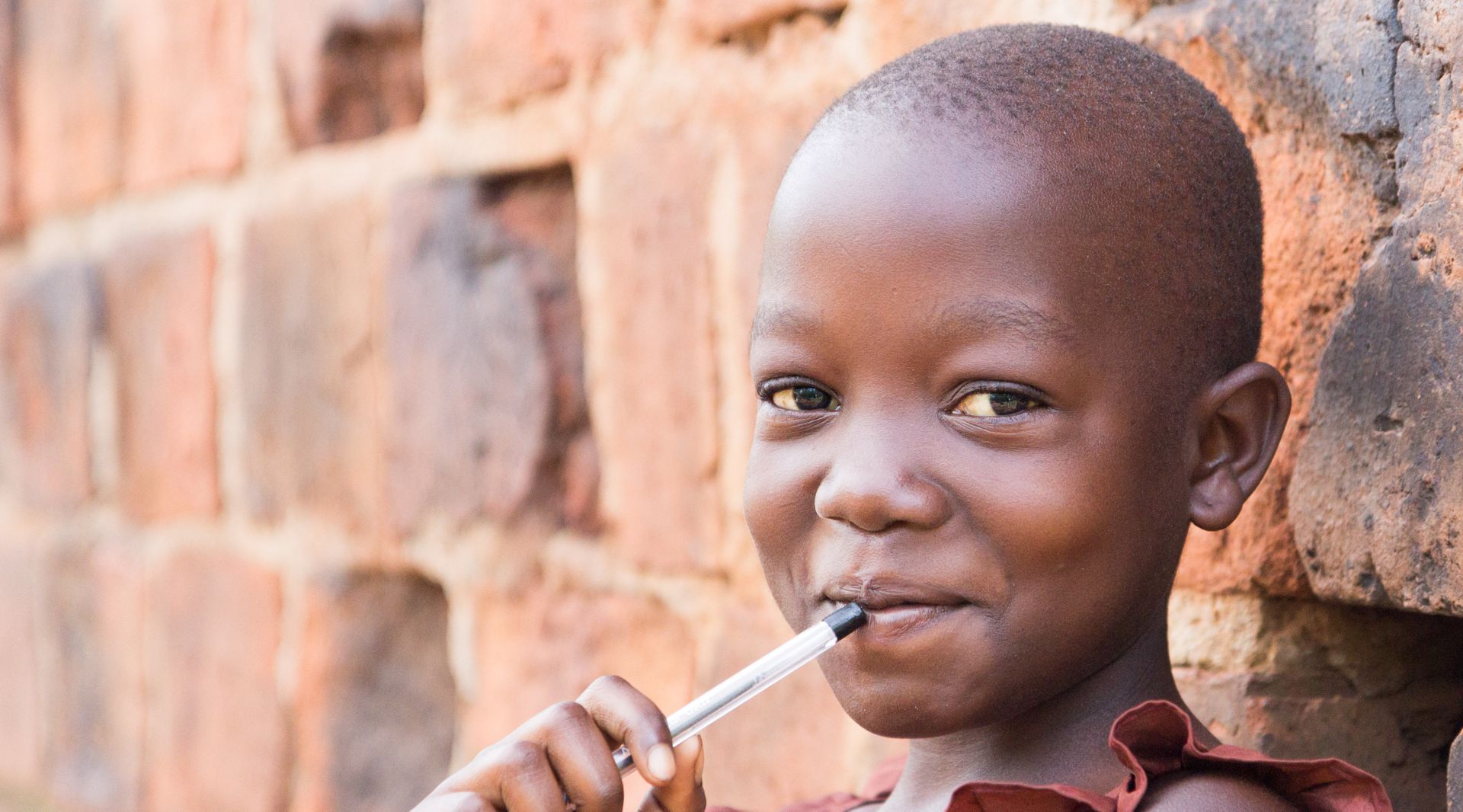There is a growing body of evidence that women and girls in East Africa have been disproportionately affected by the COVID-19 pandemic.
In our own research, for example, we have seen that women farmers are less likely than male farmers to have access to emergency finance. Ethiopian women consistently report lower employment levels than men during the pandemic while facing additional barriers that prevent them from returning to work, such as caretaking responsibilities.
Hearing women’s voices in research is essential for understanding their perspectives and needs, especially in times of crisis. At the same time, the pandemic makes them harder to reach: phone surveys have replaced in-person data collection in many cases, but a significant gap in phone ownership and digital literacy between women and men in sub-Saharan Africa remains. We also observe that women are often not the primary owners of mobile phones they use.
What can we do about it?
There are several strategies we can use to ensure our surveys reach women. For example, we can pilot data collection tools with both men and women to check if the questions make sense for everyone. It’s also good practice to match female enumerators to female respondents, and use the same enumerators and field coordinators for each data collection round to help build trust with respondents. And details matter: instead of speaking only to the head of the household (who tends to be male), we can specifically request female respondents from targeted households when it is part of our sampling strategy. We disaggregate our analysis by gender, to understand whether interventions or situations are impacting women and men in different ways.
We know that these strategies work: we recently completed phone surveys to understand how adolescents in Ethiopia have been affected by the pandemic for the Gender and Adolescence: Global Evidence (GAGE) programme, a global study on what works to enhance adolescent capabilities and empowerment. For this study, we successfully contacted 1,690 female and 1,290 male adolescents in Ethiopia.
Ensuring women’s voices are heard in research doesn’t have to be complicated, but it does mean constantly questioning our assumptions and biases at every stage of the process. By carefully considering the implications of research strategies on women and girls, we can choose to challenge existing norms and bring their experiences into the evidence base.
This post was written by Kristin Colenbrander, Business Development & Communications Associate at Laterite.
